Harmonic Analysis (RMA) Worksheet for the song: "Bye Bye Blackbird".
Harmonic Analysis (RMA) Worksheet for the song: Bye Bye Blackbird.
Bye Bye Blackbird is a song published in 1926 by Jerome H. Remick and written by composer Ray Henderson and lyricist Mort Dixon. It is considered a popular standard and was first recorded by Sam Lanin's Dance Orchestra in March 1926.
In 1982, the Recording Industry Association of America (RIAA) posthumously awarded John Coltrane a "Best Jazz Solo Performance" Grammy for the work on his album Bye Bye Blackbird.
Popular recordings in 1926 were by Nick Lucas, Gene Austin, Benny Krueger, and by Leo Reisman. It was the number 16 song of 1926 according to Pop Culture Madness. (wikiwand);

The Daily Ukulele— 365 Songs for Better Living book.














VI7
( V of II)
* A dim7 chord with the same root is always a direct substitute for a dim chord. In the The Daily Ukulele books it is always a dim7 chord shape that is shown.
In this case the dim chord is actually a Disquised Secondary Dominant chord. Turns out a lot of diminished chords are mis-named.
A Minor Line Cliche . The RMA can treat this chord as a II. I feel it's more of an Internal Modulation to Gm.
The above line's re-harmonization is a series of
II V
chords to their
I
, either major or minor depending on where is is going.
II V
is the most common move in Jazz
.
When starting the song over add a turnaround or turnback to the last two measures. A V or II V Turnback is a simple start.
Simple examples in the key of F:
| F | C7 |
| F | Gm7 C7 |
| F D7 | Gm7 C7 |
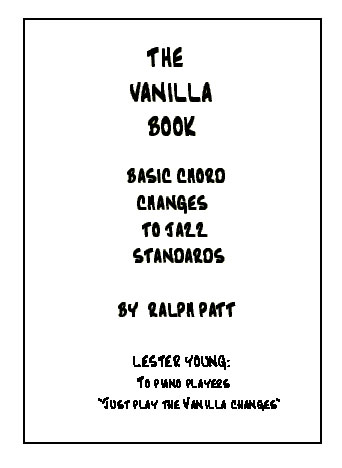
Vanillachanges for Bye Bye Blackbird • The Vanilla Book uncovers the basic ("Vanilla") chord changes to over 400 of the most commonly played jazz
standardsto help the jazz player learn the basic
changesand allow the player to add embellishments and substitutions on a solid framework.
Embellishments to basic chords such as added 6ths, 9ths, 13ths, flat 5ths etc. are usually determined by the melody notes and the style of music being played.

[ F | Gm7b5 F / / | F | F |
| F | Abdim | Gm7 | C7 |
| Gm7 | C7 | Gm7 | C7 |
| Gm7 | C7 | F | F |
|| F7 | F7 | Am7b5 | D7 |
| Bb | Bb | Gm7b5 | C7 |
| F | Gm7b5 F / / | Am7b5 | D7 |
| Gm7 | C7 | F | F |
A Harmonic Analysis (RMA/HA) and its worksheet are intended to show the function of the chords, the harmonic principles used, the keys and tonalities the song explores. And, can be used for scale selections and chord and scale substitutions.
lead leadsheet.Minimal roadmap information such as repeats, fine, D.S., D.C., and codas has been used in preparing the worksheets to somewhat mirror the leadsheet in the Daily Ukulele book.
Yellow Book. You should start to recognize that 1st endings typically always return to a previous verse or an
 section. With a 2nd ending, a transition to a different part of the song, a
section. With a 2nd ending, a transition to a different part of the song, a  or chorus. Harmonic Principles are used for these repeats and transitions.
or chorus. Harmonic Principles are used for these repeats and transitions.Bye Bye Blackbird is in 4/4, Common Time and the Key of F .
- Full Diatonic
- Partial Diatonic • Full Diatonic includes Secondary Dominant chords

Contemporary Scales: Minor Pent: Minor Pentatonic, Pent: Major Pentatonic, Blues,
Scale/Mode Names: Ion: Ionian (Major), Dor: Dorian (Minor), Phrygian: Phrygian, Lyd: Lydian, Mix: Mixolydian (Dominant), Aeol: Aeolian (Natural Minor), Loc: Locrian
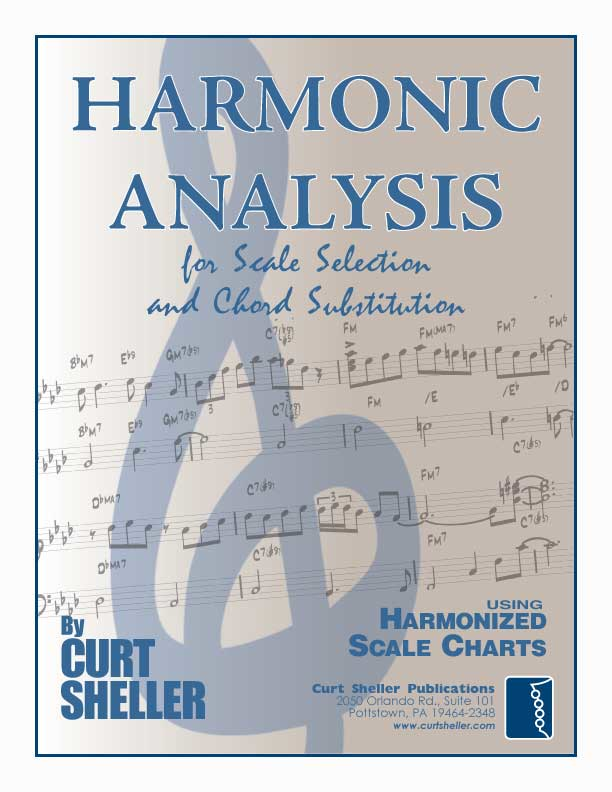

Related Lessons, Videos, Lesson Series, Songs, Books & Reference Charts, Resources & Assets, Workshops are below.

Harmonic Analysis (HA), also known as the study of chord relationships, is the method used to identify the harmonic role of chords within a chord progression or song. A chord progression refers to a sequence of chords, with each chord having a root note and belonging to a specific chord type. The function of a chord within a particular scale's tonality is determined by its relationship to that scale.

Core Chords for Ukulele, The Big Six - From four F7 chord voicings or shapes, your can build your massive 4-part, a.k.a., “jazz” chord vocabulary. Beyond basic open position chords, basic movable form chords and a core set of 4-part chords. There are just too many chords shapes too memorize.
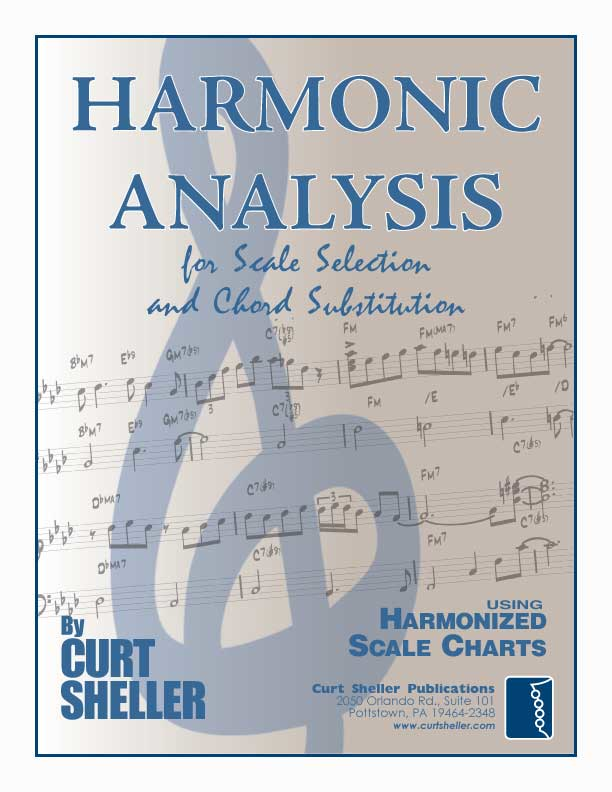
Harmonic Analysis is the understanding of the functional sequence of chords. It is the process used to analyze the harmonic structure of a progression, song or composition. This analysis is then used to make scale selections for improvisation and chord substitution.

Strum a different song every day with easy arrangements of 365 of your favorite songs in one big songbook! The Daily Ukulele features ukulele arrangements with melody, lyrics and uke chord grids and are in ukulele-friendly keys that are particularly suited for groups of one to one hundred to play and sing.

Finally, learn the names of the notes of the ukulele fingerboard in C tuning .

Learn the six fingering principles to navigating the ukulele fingerboard. Fingering is one of the most universal topics. Book: Six Secrets of the Ukulele Fingering

Harmonic Analysis is the understanding of the functional sequence of chords. It is the process used to analyze the harmonic structure of a progression, song or composition. Book: Harmonic Analysis for Scale Selection and Chord Substitution
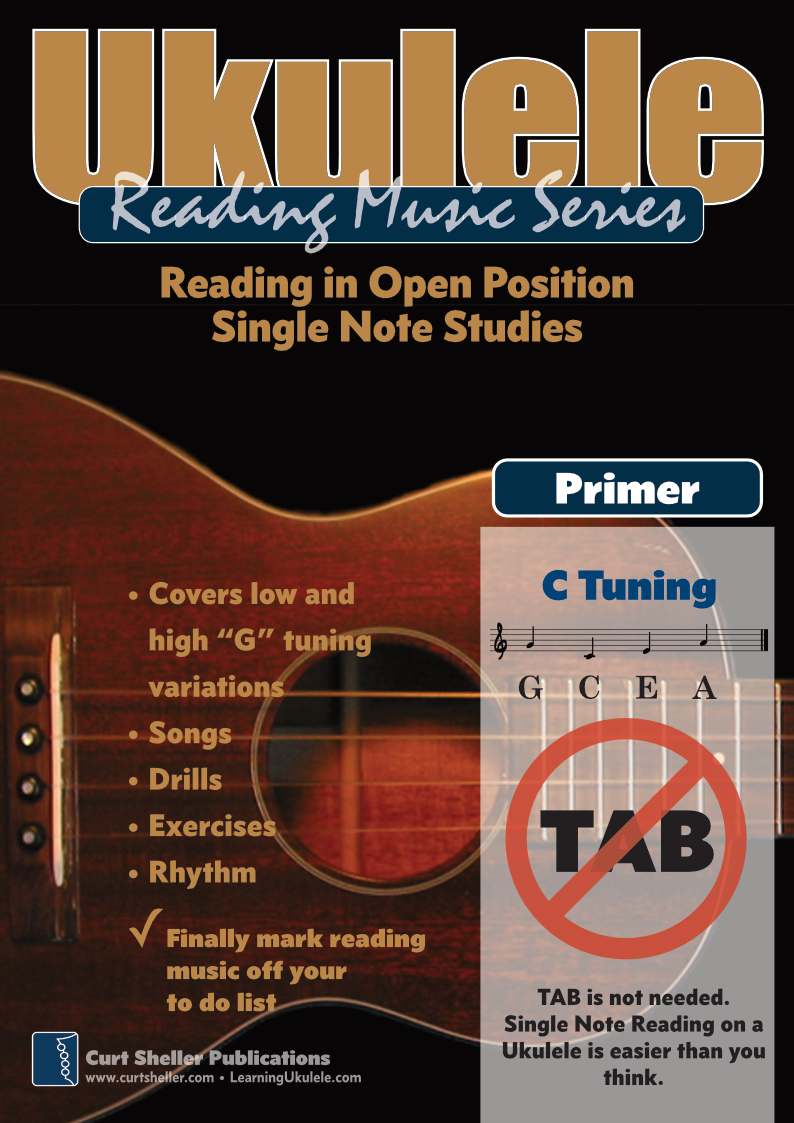
Learn to read single note melodies in the first/open position is a lot easier than you might think. Book: Ukulele – Reading Music Series – Primer
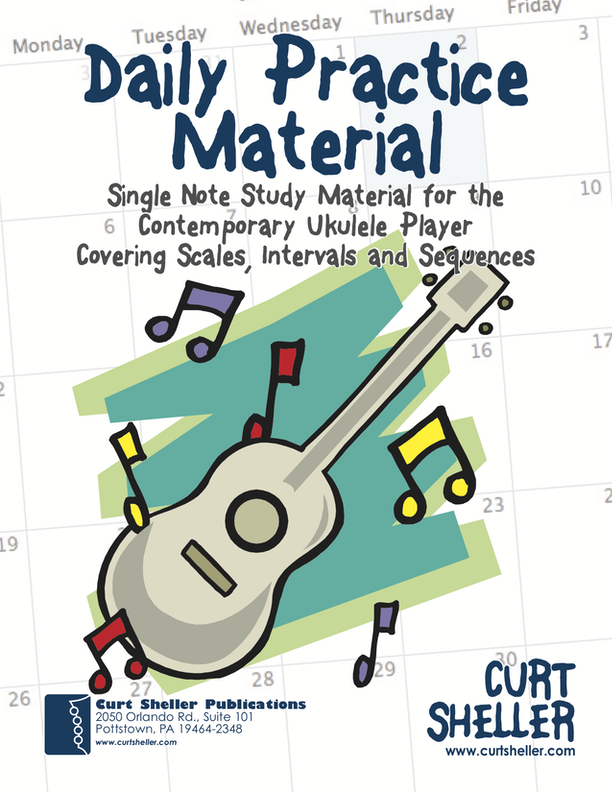
An organized collection of daily practice and reference material for the contemporary ukulele player for developing the vocabulary and knowledge necessary for single note playing. Book: Daily Practice Material for the Contemporary Ukulele
Checkout the Books & Reference Charts for additional Handy, Dandy Reference Charts.
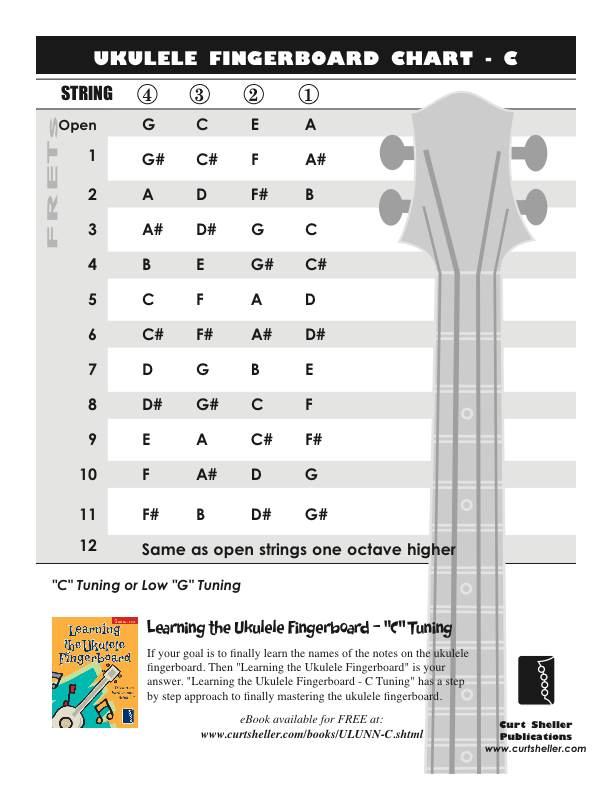
Ukulele Fingerboard Chart for C Tuning, Low or High G – G C E A
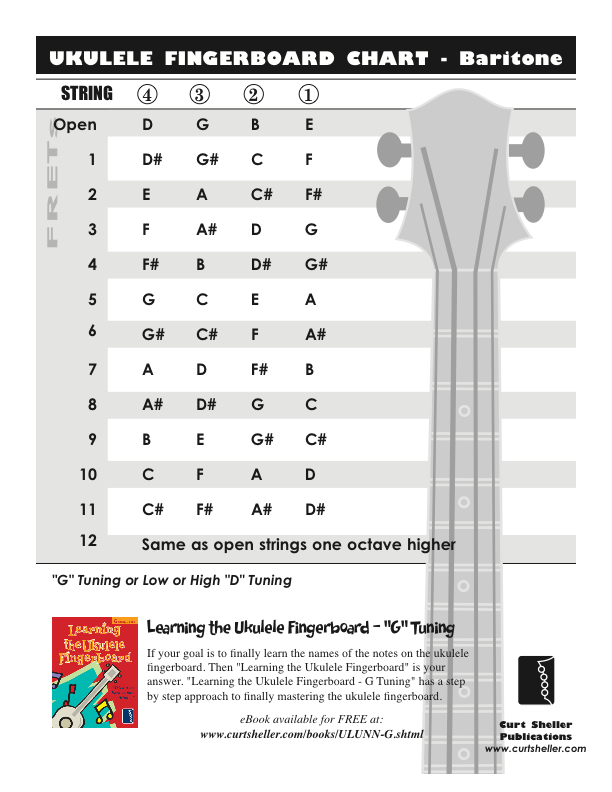
Ukulele Fingerboard Chart for G Tuning, Low or High A – D G B E

A handy reference chart of all 15 major and relative minor key signatures. US Letter 8.5 x 11 sized (ANSI-A), A4
Checkout the Books & Reference Charts for additional Handy, Dandy Reference Charts.






.jpg)